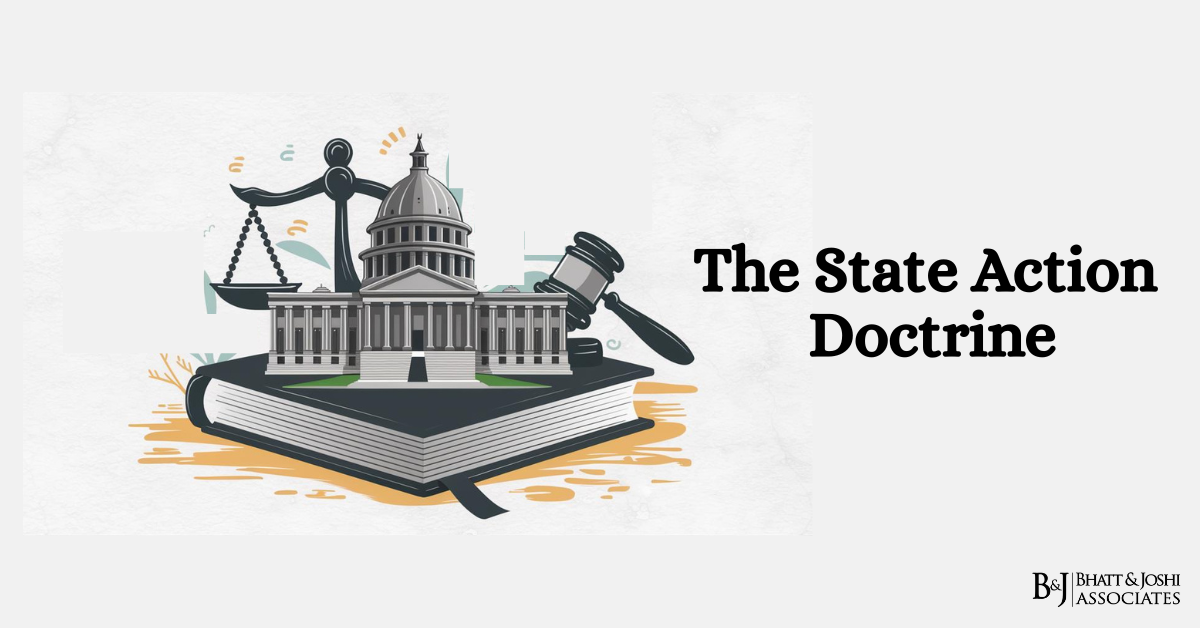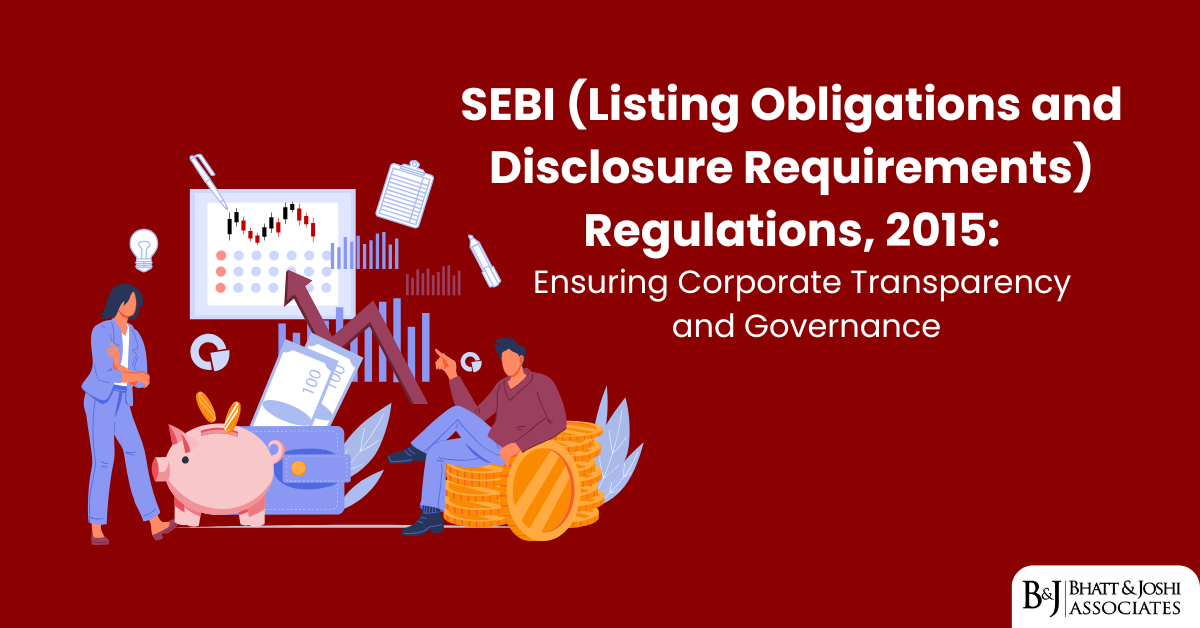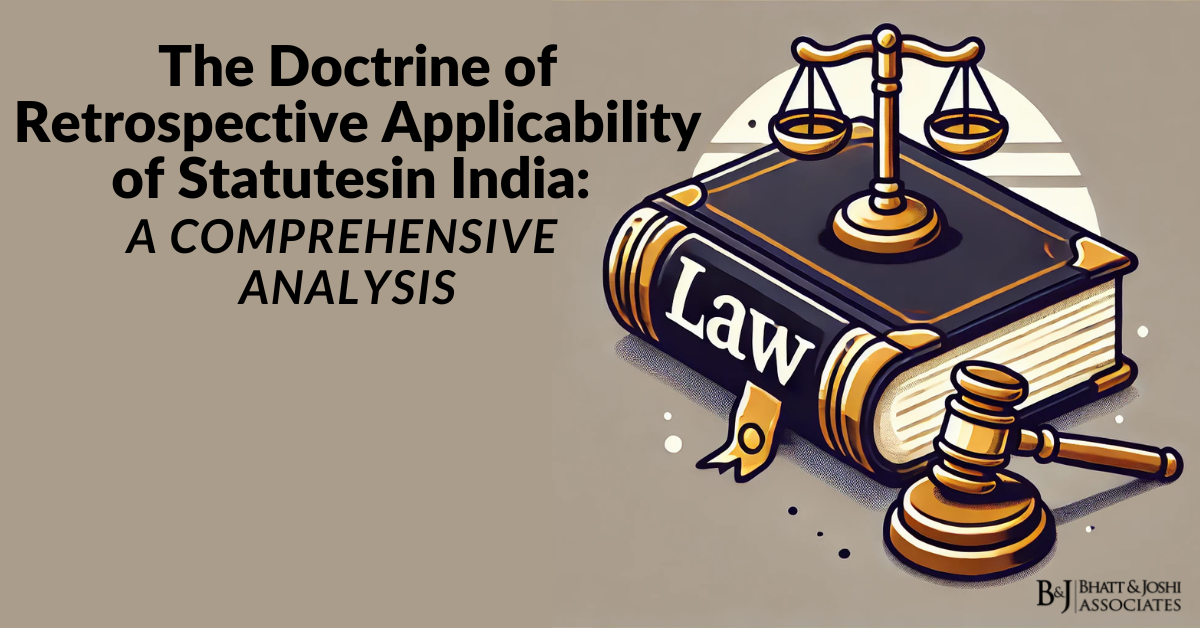What is the State Action Doctrine?
The State Action Doctrine is a fundamental principle in United States constitutional law that determines when constitutional protections, particularly those found in the Bill of Rights and the Fourteenth Amendment, apply to private conduct. At its core, the doctrine holds that these constitutional safeguards generally only restrict government actions, not private behavior. This principle stems from the recognition that the Constitution was primarily designed to limit the power of government and protect individual liberties from state interference, rather than to regulate relations between private parties.
The State Action Doctrine plays a crucial role in defining the scope of constitutional rights and in determining when individuals can seek redress for violations of these rights. It addresses the fundamental question: When can private conduct be attributed to the state, thereby triggering constitutional protections?
While the basic principle of the State Action Doctrine may seem straightforward, its application has proven to be complex and often controversial. Over time, the courts have developed various tests and exceptions to determine when private action may be considered state action, leading to a nuanced and sometimes criticized body of law.
Historical Development
The roots of the State Action Doctrine can be traced back to the early days of the Republic. The Constitution, as originally conceived, was primarily concerned with limiting the powers of the federal government. The Bill of Rights, added in 1791, explicitly restricted only federal action.
The doctrine began to take shape more definitively in the aftermath of the Civil War and the ratification of the Fourteenth Amendment in 1868. The Fourteenth Amendment extended certain constitutional protections against state governments, including the Equal Protection Clause and the Due Process Clause.
The first major Supreme Court case to articulate the State Action Doctrine was the Civil Rights Cases of 1883. In this landmark decision, the Court struck down parts of the Civil Rights Act of 1875, which had prohibited racial discrimination in public accommodations. The Court held that the Fourteenth Amendment only applied to state action, not private conduct, and that Congress lacked the authority to outlaw private racial discrimination under its Fourteenth Amendment enforcement powers.
Justice Joseph Bradley, writing for the majority, stated: “Individual invasion of individual rights is not the subject matter of the [Fourteenth] Amendment. It has a deeper and broader scope. It nullifies and makes void all state legislation, and state action of every kind, which impairs the privileges and immunities of citizens of the United States, or which injures them in life, liberty or property without due process of law, or which denies to any of them the equal protection of the laws.”
This decision established the basic framework of the State Action Doctrine, which has persisted, albeit with significant modifications and exceptions, to the present day.
Key Principles and Tests
Over time, the Supreme Court has developed several tests and principles to determine when private conduct may be considered state action:
- Public Function Test: This test examines whether a private entity is performing a function traditionally and exclusively reserved to the state. If so, the private entity may be considered a state actor. This principle was articulated in Marsh v. Alabama (1946), where the Court held that a company-owned town was bound by the First Amendment.
- Entanglement Test: This test looks at whether the government has become so entangled with private conduct that the actions can be treated as those of the state. In Burton v. Wilmington Parking Authority (1961), the Court found state action where a private restaurant leasing space in a public parking garage engaged in racial discrimination.
- Encouragement Test: This principle holds that private action may be considered state action if the government has encouraged the behavior in question. In Reitman v. Mulkey (1967), the Court struck down a state constitutional amendment that prohibited laws barring racial discrimination in housing, finding that it encouraged private discrimination.
- Symbiotic Relationship Test: This test examines whether the government and private actor are in a position of interdependence. It was applied in Burton v. Wilmington Parking Authority and has been used in subsequent cases.
- Joint Participation Test: This principle looks at whether private parties are joint participants with the state in prohibited behavior. In Lugar v. Edmondson Oil Co. (1982), the Court found state action where a private creditor used state prejudgment attachment procedures.
- Coercion Test: This test considers whether the state has exercised coercive power or provided significant encouragement to the private actor. It was articulated in Blum v. Yaretsky (1982) in the context of nursing home transfers.
Key Cases and Their Impact
Several Supreme Court cases have been particularly influential in shaping the State Action Doctrine:
- Shelley v. Kraemer (1948): The Court held that judicial enforcement of racially restrictive covenants in property deeds constituted state action, effectively prohibiting such covenants. This decision has been both influential and controversial, as it suggests that any judicial enforcement of private agreements could potentially constitute state action.
- Terry v. Adams (1953): The Court found state action in the conduct of a private political organization that effectively controlled primary elections in a county, extending the concept of state action to nominally private political processes.
- Burton v. Wilmington Parking Authority (1961): As mentioned earlier, this case established that a private business leasing space in a public building could be considered a state actor.
- Moose Lodge No. 107 v. Irvis (1972): The Court held that a private club’s racial discrimination did not constitute state action merely because the club held a state-issued liquor license, limiting the reach of the state action doctrine.
- Jackson v. Metropolitan Edison Co. (1974): The Court ruled that a privately owned utility company was not a state actor despite being heavily regulated by the state, emphasizing that the public function test applies only to functions traditionally exclusively reserved to the state.
- Brentwood Academy v. Tennessee Secondary School Athletic Association (2001): The Court found state action in the conduct of a nominally private interscholastic athletic association, emphasizing the “entwinement” between the association and the state.
Criticisms and Controversies
The State Action Doctrine has been subject to significant criticism and controversy:
- Inconsistency: Critics argue that the doctrine has been applied inconsistently, leading to unpredictable results and confusion in lower courts.
- Formalism: Some scholars contend that the doctrine focuses too much on formal distinctions between public and private action, ignoring the reality of how power is exercised in modern society.
- Inadequate Protection of Rights: Critics argue that the doctrine leaves individuals vulnerable to rights violations by powerful private entities, particularly in areas like employment and housing.
- Historical Anachronism: Some argue that the public/private distinction underlying the doctrine is outdated in an era where private entities often wield significant power over individuals’ lives.
- Complexity: The various tests and exceptions developed by the Court have made state action analysis complex and sometimes difficult to apply consistently.
- Ideological Manipulation: Some scholars contend that the doctrine has been manipulated to achieve desired policy outcomes rather than being applied neutrally.
Implications and Significance
The State Action Doctrine has far-reaching implications for constitutional law and civil rights:
- Scope of Constitutional Rights: By limiting the application of constitutional protections to state action, the doctrine significantly affects the scope and enforcement of individual rights.
- Civil Rights Enforcement: The doctrine has played a crucial role in shaping civil rights law, often determining whether private discrimination can be constitutionally prohibited.
- Federalism: The doctrine helps define the boundaries between federal constitutional law and state regulation of private conduct.
- Judicial Power: It affects the extent to which courts can intervene in private affairs to protect constitutional rights.
- Legislative Authority: The doctrine influences the scope of Congress’s power to legislate in areas traditionally left to private ordering.
- Corporate Power: As corporations increasingly perform functions once reserved to government, questions about the doctrine’s application to corporate conduct have become more pressing.
Comparative Perspective
The State Action Doctrine is largely unique to U.S. constitutional law, reflecting the particular structure and history of the American legal system. However, other countries grapple with similar issues in different ways:
- Canada: The Canadian Charter of Rights and Freedoms applies only to government action, but Canadian courts have interpreted this broadly to include some forms of private conduct that implement government policies or programs.
- Germany: The German concept of “Drittwirkung” or third-party effect allows for some application of constitutional rights in private law contexts, though not as directly as against the state.
- South Africa: The South African Constitution explicitly provides for the application of the Bill of Rights to private actors in some circumstances.
- United Kingdom: With no written constitution, the UK addresses these issues through statutory law, such as the Human Rights Act 1998, which applies to “public authorities.”
Recent Developments and Future Directions
In recent years, several developments have raised new questions about the State Action Doctrine:
- Privatization of Government Functions: As more traditionally public functions are outsourced to private entities, courts have grappled with how to apply the State Action Doctrine in these contexts.
- Digital Platforms: The rise of powerful digital platforms has led to debates about whether these companies should be considered state actors, particularly when they regulate speech.
- Public-Private Partnerships: Increasing collaboration between government and private entities has blurred the lines between public and private action.
- Corporate Power: Growing concern about corporate influence has led some to call for a reconsideration of how constitutional rights apply to corporate conduct.
- Statutory Approaches: Some scholars and policymakers have advocated for addressing state action issues through legislation rather than constitutional interpretation.
Looking forward, several key issues are likely to shape the future of the State Action Doctrine:
- Technology and Privacy: As private companies collect and control vast amounts of personal data, questions about the application of constitutional privacy protections to these activities may arise.
- Climate Change: Private sector actions related to climate change may raise new state action questions, particularly if companies take on quasi-regulatory roles.
- Healthcare: The complex interplay between public and private entities in the healthcare system may lead to new state action challenges.
- Education: As private entities play an increasing role in education through charter schools and online platforms, questions about the application of constitutional protections in these contexts may emerge.
- Artificial Intelligence: The use of AI in decision-making processes that affect individual rights may raise new state action issues, particularly when these systems are used by both public and private entities.
Conclusion
The State Action Doctrine remains a fundamental but complex aspect of U.S. constitutional law. It reflects the ongoing challenge of balancing individual rights protection with respect for private autonomy in a constitutional system primarily designed to constrain government power.
While the basic principle that constitutional protections generally apply only to state action has remained constant, the doctrine’s application has evolved significantly over time. The courts have developed various tests and exceptions to determine when private conduct may be attributed to the state, leading to a nuanced and sometimes criticized body of law.
The doctrine continues to play a crucial role in defining the scope of constitutional rights and in determining when individuals can seek redress for violations of these rights. It shapes the contours of civil rights law, influences the balance of power between different levels of government, and affects the relationship between individuals and both public and private institutions.
As society continues to evolve, with changing notions of public and private spheres and new forms of power relationships emerging, the State Action Doctrine is likely to face ongoing challenges and adaptations. The rise of powerful private entities, the blurring of lines between public and private functions, and technological advancements are all likely to present new questions for courts to grapple with in applying the doctrine.
The future of the State Action Doctrine will likely involve ongoing attempts to balance the protection of individual rights with respect for private autonomy, all within the framework of a constitution primarily designed to limit government power. How courts and policymakers navigate these challenges will have significant implications for the scope and enforcement of constitutional rights in the United States.
Ultimately, the State Action Doctrine serves as a reminder of the complex interplay between public and private power in a constitutional democracy. Its evolution reflects broader societal changes and ongoing debates about the proper role of government, the nature of individual rights, and the balance between liberty and equality in American law and society.














